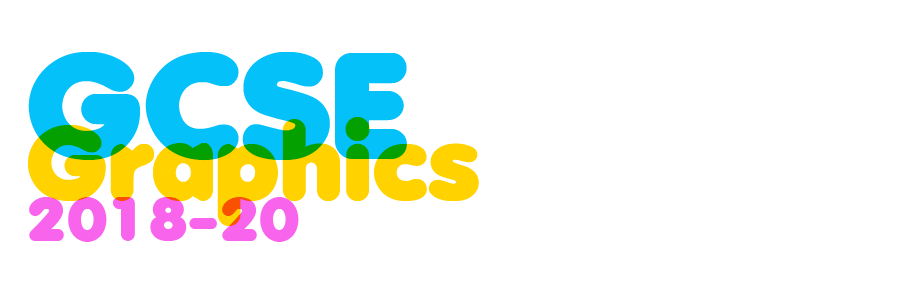Objective
To gather further primary research for your Component 1 project.
To enable those who feel drawing is weak to collect useful primary research.
Within the mark scheme, AO3 states: 'Record ideas, observations and insights relevant to their intentions in visual and/or other forms.'
Task 1
1. Consider the subject matter for your project. Take a collection of 30+ photos that you could either edit and use in the final artefact or just use as drawing/illustration reference.
To get the best results from this task, be as creative as you can with your subject and composition.
As an example, if you have a wise old wizard in your book—and don't have a wise old wizard to hand—dress up your friend/dad/self in a bed sheet, cardboard hat and long stick. Pose them in different, relevant positions.
Or, look on YouTube for tutorials about how to create wise old wizard make-up. There are loads of tutorials (plenty of zombies) on make-up. Make sure you then photograph the 'making of' period.
You will get plenty of good results from using your initiative.
Do not make excuses as to why you couldn't get interesting images, there is no excuse.
Task 2 2. Print off and annotate -
- Note images that are good. This might be due to them being in focus, correct composition etc.
- Cross out images that are not to be used. Out of focus, badly cropped, wrong position etc.
- Write simple notes against the photos, 'out of focus', 'too far away' or 'too dark',
- Make your annotations obvious - write in pink?
- What were your intentions for the shoot? Why take these images?
- What are the successful elements, What worked well?
- What were the unsuccessful elements? What didn't work well?
- If you were to take these images again, what would you do to make them more suitable?
- Do you believe that you have all the shots you need for the project? If not, what others do you need to take?
Lots of interesting photographs with concise and insightful evaluative annotations.
Deadline
Start of the lesson, April 29th.


